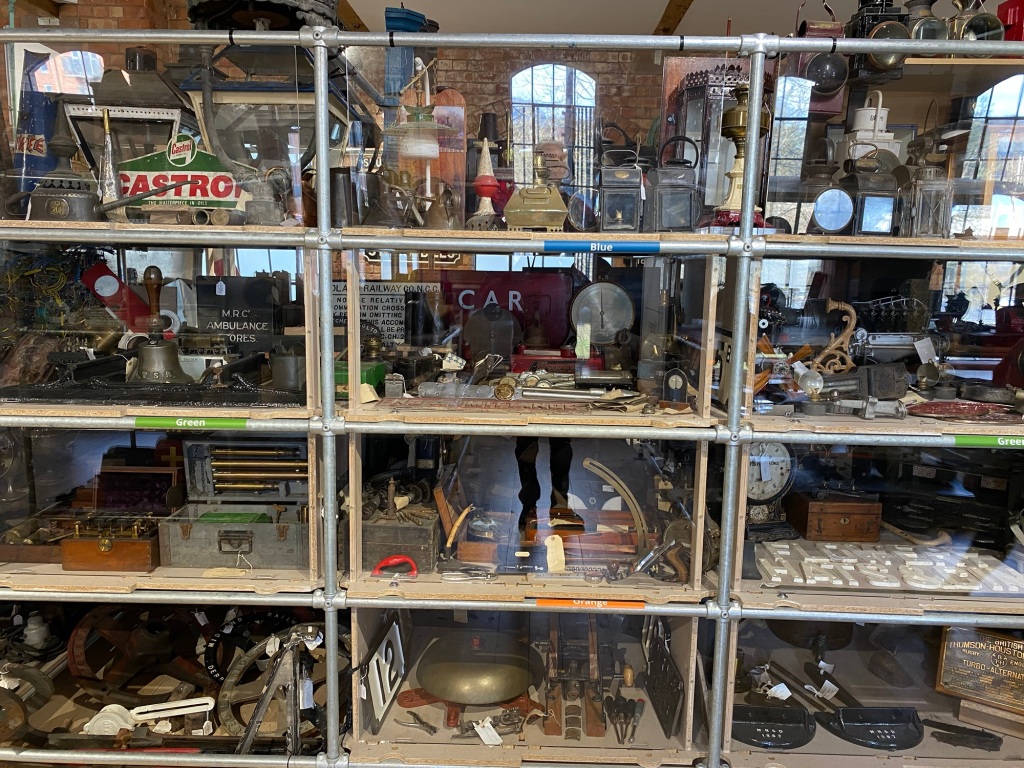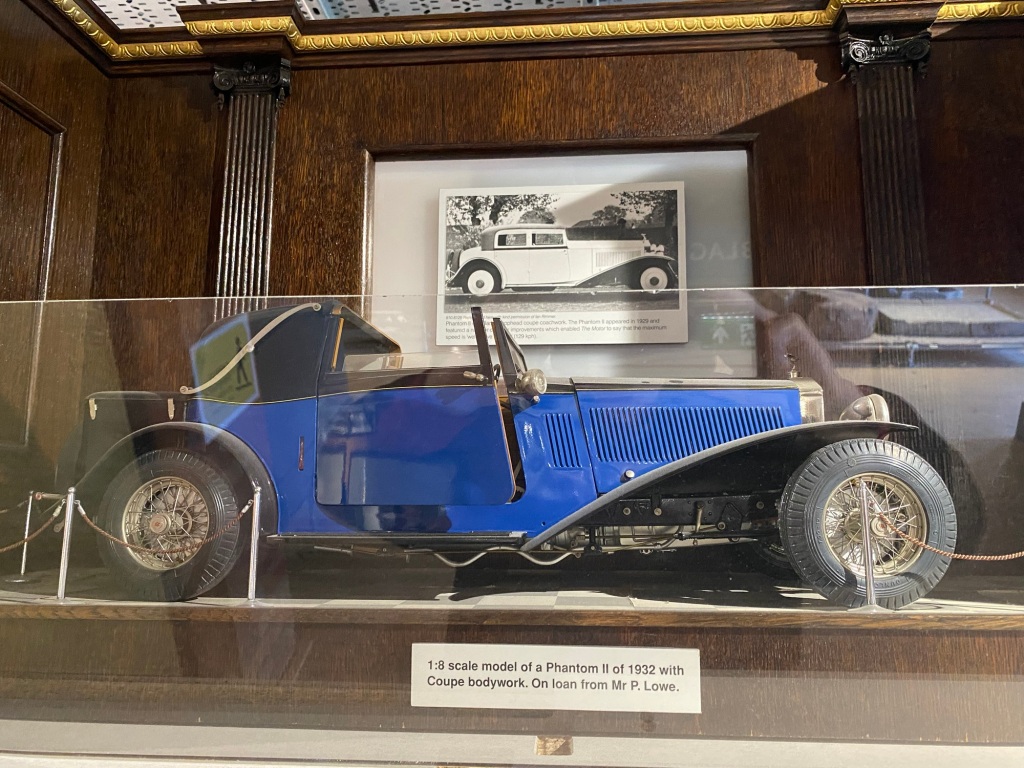In Britain, the relatively large scale production of steel probably began in the mid eighteenth century with the discovery by Huntsman of a process for making crucible steel. This was some seventy years head of Germany and thrived on high quality Swedish ore.
German steel making would become synonymous with the name Krupp and in his book, The Arms of Krupp 1587-1968, William Manchester begins with the story of a family in the little known town of Essen, who, surviving the plague, became merchants and property owners. All this was before the advent of Germany as a nation; indeed, political control vested in the Abbess of Essen. The Krupp family carried on a very small scale business of making small objects from local iron ore, but this amounted to very little. In spite of this, the wealth of the family increased and in the late eighteenth century Alfred Krupp began experimenting with iron smelting to find the illusive and far more useful steel. Prussia, of which Essen, was a part imported English steel, as did most of Europe until the arrival of Napoleon and the effective closing of trade routes with England.
Alfred’s experiments came to little except for the expending of the family’s wealth. In 1826 he died and his fourteen year old son, also Alfred, took over the running of the small family iron foundry. He had all the ambition of his father, but with the vital additions of ability and discipline. He would still promise far in excess of what he could [immediately] achieve, but achievement would come. One step forward, one step back, but with the occasional lucky break. Alfred travelled widely in Europe to sell his wares and he crossed the channel for surreptitious visits to Sheffield of which he stood in awe as the home of steel. Manchester observes that there was in fact no need to subterfuge since the secret of steel making had long since become public. Alfred returned to Essen doubly determined.
It was the age of the railways with their insatiable appetite for steel. Britain, of course, led the field, but Alfred secured his place with his patent for a seamless tyre (wheel). This sold well and built his company’s strength for Alfred’s next venture: the steel barrelled gun. Big guns at that time was cast from bronze and the military establishment saw no reason for change, also they didn’t believe that an iron barrel would withstand the explosion which propelled the ball or shot. Alfred was a determined salesman and managed to befriend the Crown Prince Wilhelm, later King Wilhelm I, and, as importantly, Bismark who was about to revolutionise the German military. This led to the sales of some hundreds of guns of various calibres. Key to the success of Alfred’s guns was the fact that they were breach loading, improving the speed of reloading. This, Manchester suggests, put Krupp ahead of Armstrong of whom I wrote in HBSTMW. The breach loading guns were tested in anger in the brief conflict between the German states in the 1860s but they did not do well; a number exploded killing the gun crews. Alfred, a man of poor health and of a nervous disposition, went to ground. He blamed the new Bessemer process for making steel. The truth was that Bessemer did not work well with poor quality ore and the Ruhr, for all its riches of coal, offered iron ore with too much phosphate.
A fellow German, who would become a naturalised Englishman, Carl Wilhelm Siemens (later Sir Charles William Siemens) invented an alternative process that did work with impurities in the ore and I wrote about this in HBSTMW noting that it was embraced in England by Vickers. In what was fast becoming the new Germany it was also embraced by Alfred.
To the fury of just about everyone but himself, Alfred was more than happy to sell guns to whatever nation would pay for them. He tried England, but the government stayed loyal to Armstrong. He tried France, but managed to offend – something he was very good at - and so they stood by Schneider. Russia proved good customers, but his own Prussia blew hot and cold, although in the event of the Franco-Prussian war, more hot than cold. Krupp had equipped the Prussian army with five hundred steel breach loading cannon. Notwithstanding this, commentators confidently expected Emperor Louis Napoleon to follow in the footsteps of his great forebear and send the Prussians packing. The reality was the opposite, with the Krupp ordnance wreaking havoc among the French who really stood no chance.
This came just before the unification of Germany in 1871 after which Manchester suggests ‘the fathers of modern warfare were Alfred Krupp and Werner von Siemens with his telegraph’. He had earlier observed that three companies: Krupp, Schneider and Armstrong comprised a ‘deadly triumvirate’. However, yet again the Prussian high command remained reluctant to give their wholehearted backing to Krupp, being wedded to brass cannon. Manchester also points to the failure of Schneider, explaining that their production had suffered from communist agitators and that they remained, then, attached to the bronze cannon refusing even the reinforced wrought iron cannon of Joseph Whitworth. Nevertheless, French reparations following the German victory fuelled industrial activity making it a golden era for Krupp who further increased his reserves of iron ore this time in Spain where the ore was pure enough for the Bessemer process. As so often with fuel driven industrial activity, the boom was followed by a crash which echoed over the other side of the Atlantic to be felt by Edison and Westinghouse as they battled over which system of electricity transmission would prevail. I write about this in another post.
The crash hit even Krupp and he only kept going having agreed to stringent conditions imposed by his bankers. Meanwhile the Krupp works were producing rails by the mile and his patent seamless wheels by the thousand all for the massive expansion of American railways. It wasn’t only Germany; Belgium and, in England, Vickers were also supplying massive quantities over the Atlantic.
As Alfred neared the end of his life, he could look with immense pride at what he had created. His company was big in every sense. Manchester writes, ’with a fleet of ships in the Netherlands, ore fields in Spain and agents in every major capital, he had become an international institution.’ He goes on to list ‘chains with links as large as a man’s head’, ‘looming gantries with rivets wider than fists’. At the Philadelphia exhibition in 1876, Krupp exhibited a 60 ton cannon which fired shells weighing half a ton.
Not only was his company big, but its reach was really phenomenal. Krupp was said to supply the armies of some forty-six nations including Russia, Austria, China and Japan. There was still an exception, German military stuck firmly with bronze cannon and try as he might Alfred could not convince them otherwise.
Alfred was succeeded by his son Fritz at about the same time as the new Kaiser, Wilhelm II succeeded his father. The two men hit it off and the Krupp empire became even more clearly aligned with that of the Prussian state.
Krupp’s range of activity was growing. They were approached by Rudolf Diesel who insisted that his engine should be made of steel. A 32 hp diesel engine resulted in 1897. Hiram Maxim invited Krupp to manufacture his machine guns which used smokeless gunpowder (ballistite) invented by Alfred Nobel.
In terms of other weaponry, a race was underway not only between opposing nations and indeed opposing manufacturers, but between attack and defence. Fritz had witnessed the armour plating on war ships becoming as much as two feet thick and so incredibly heavy. Was there an alternative? Engineers experimented with alloys and came up with Nickel Steel which was not only as strong but could be used in cannon making all argument about bronze firmly obsolete. So guns became more powerful and shells more lethal. A further improvement to steel armour came with carbon steel, the patents for which were made available under licence to Krupp, Vickers, Armstrong, Schneider, Carnegie and Bethlehem steel.
The storm clouds, though, were gathering. The American steel works were growing and would soon be very much larger than their European rivals. To make matters worse, once their production met US demand, imports would in effect be banned and Britain, Belgium and Germany would need to redirect their steel production once again to arms. In this they were well placed, a situation further enhanced by Germany’s decision in effect to create a navy under Tirpitz to match the British and the French. Krupp became even busier, now building ships as well as guns.
Germany and Krupp were now irrevocably committed to war when circumstances were right.










.jpg)

